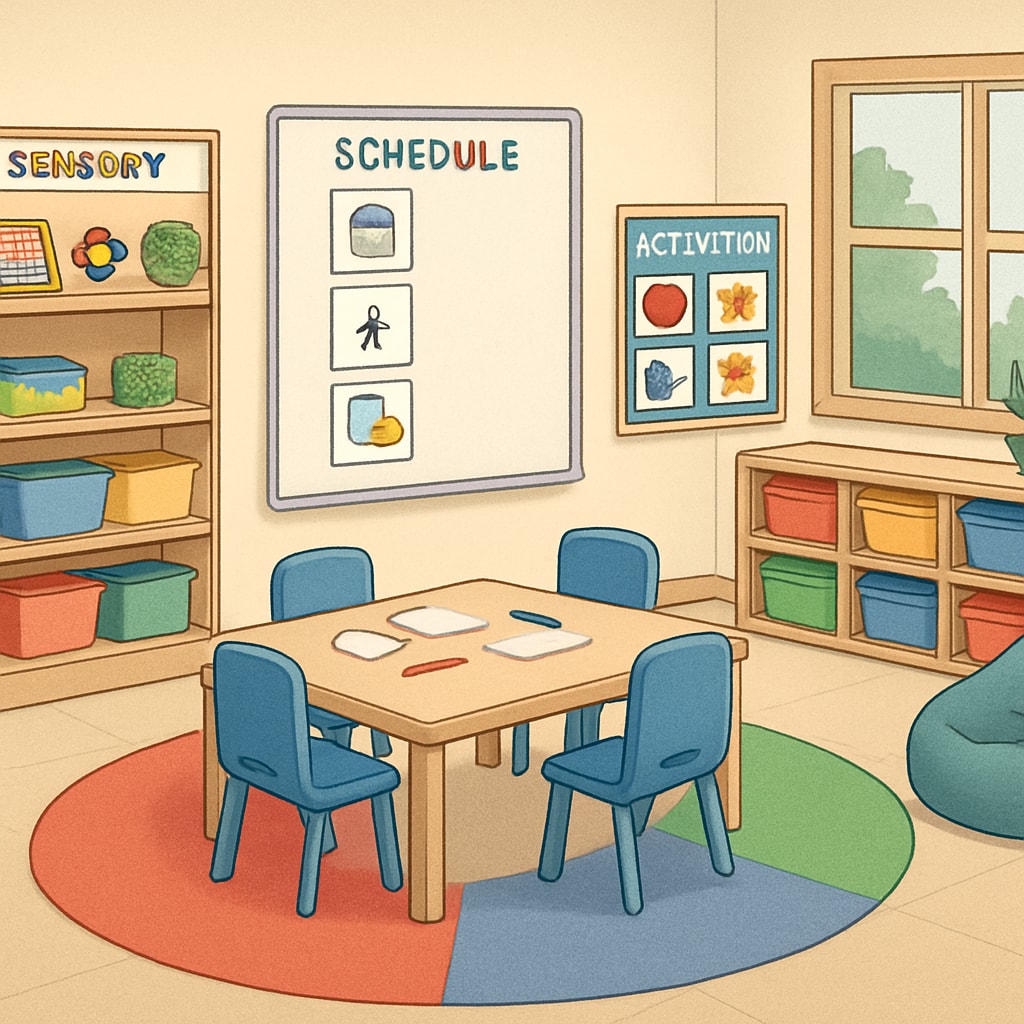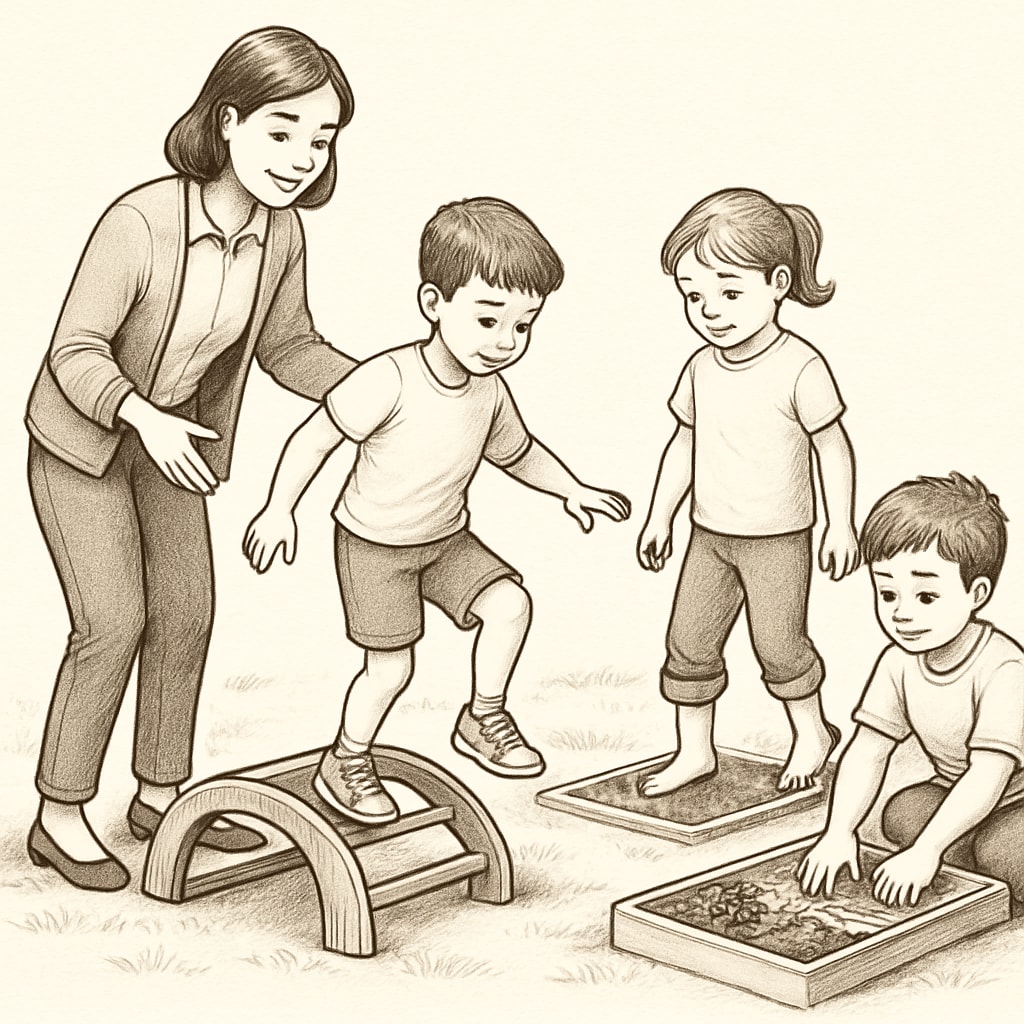Working in special education, particularly with autism spectrum children, requires a unique combination of skills, emotional resilience, and physical preparedness. Whether you are an aspiring teacher assistant or transitioning into the field, understanding the complexities of special education can pave the way for a fulfilling career. This article dives deep into practical preparations, emotional strategies, and actionable tips to help you thrive in this rewarding environment.
Understanding Autism Spectrum and Its Educational Challenges
Autism Spectrum Disorder (ASD) is a developmental condition that affects communication, behavior, and social interaction. The spectrum nature means no two children experience autism in the same way, making individualized approaches vital. As a teacher assistant, your role may include supporting sensory challenges, managing behavioral triggers, and fostering communication strategies tailored to each child.
To build your foundation, familiarize yourself with key autism-related concepts and teaching methodologies, such as Applied Behavior Analysis (ABA) or Picture Exchange Communication Systems (PECS). These tools are essential for creating a structured yet flexible learning environment.

Emotional Preparation: Building Empathy and Resilience
One of the most critical aspects of working in special education is emotional readiness. Supporting children with autism often involves moments of unpredictability, requiring patience, empathy, and a calm demeanor. Teacher assistants must train themselves to stay composed during challenging situations while celebrating small victories that mark a child’s progress.
Strategies for emotional preparation include:
- Mindfulness Practices: Techniques like deep breathing can help you manage stress effectively.
- Empathy Training: Understanding the child’s perspective encourages compassionate responses.
- Peer Support: Sharing experiences with colleagues can provide emotional relief and valuable guidance.
For more insight into autism awareness, visit Autism on Wikipedia.
Physical Readiness: Meeting the Demands of an Active Role
Working with children on the autism spectrum often requires physical energy, as many children benefit from activities that involve movement, sensory exploration, or hands-on learning. Teacher assistants should be prepared for tasks such as assisting with physical activities, managing transitions, or supporting children who may experience sensory overload.
Helpful tips for physical readiness include:
- Staying Active: Maintain physical fitness to handle the demands of the role.
- Comfortable Clothing: Wear movement-friendly attire suitable for active participation.
- Organized Spaces: Create accessible, clutter-free environments to reduce stress for children.
For further reading on sensory processing challenges, explore Sensory Processing Disorder on Britannica.

Practical Strategies for First-Time Teacher Assistants
Taking your first steps into special education can feel daunting, but preparation and adaptability are your greatest allies. Focus on building trust with the children, observing their behaviors closely, and working collaboratively with lead teachers and therapists.
Key strategies include:
- Observe and Learn: Pay attention to each child’s unique needs and preferences.
- Communicate Effectively: Use clear, simple language and visual aids to foster understanding.
- Celebrate Small Wins: Recognize even minor achievements to encourage positive reinforcement.
Remember, your role as a teacher assistant is not just about instruction; it’s about being a supportive presence on a child’s learning journey. By embracing both the challenges and joys, you’ll grow alongside the children you serve.
Readability guidance: Use short paragraphs, actionable lists, and clear transitions to maintain engagement. Incorporate professional terms like ABA or PECS sparingly, ensuring accessibility for readers unfamiliar with the field.


